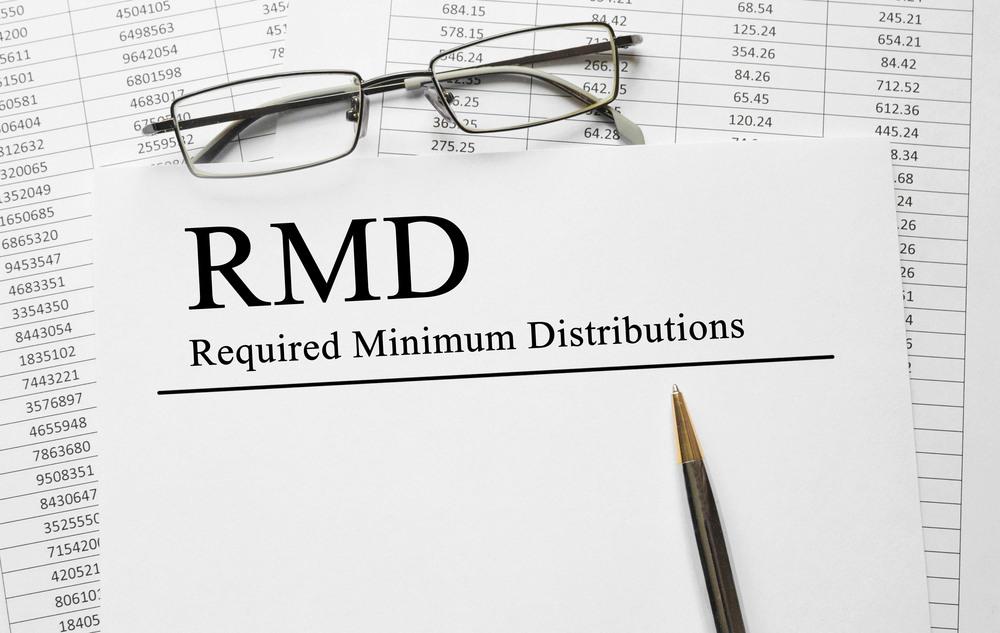Stocks pulled back during the 1st week of 2024. Is it a sign that optimism has faded? Perhaps investors waited until 2024 to either trim winners or rebalance portfolios to postpone taxes.
For now, it’s wait and see. I am concerned in the short-term, investors are banking on the Fed cutting rates sooner and deeper than reality. On the other hand, tech stocks had such a great run in 2023, so it makes perfect sense for some early 2024 selling.

For the 1st week of 2024, the Dow pulled back (.59%), the S&P 500 (1.52%), the Nasdaq Composite (3.25%) and the Small Cap Russell 2000 (3.75%).
Over the pond, results were similar as foreign stocks dropped (1.57%) and emerging markets (1.96%).
Bond yields rose as the 10-year yield moved over 4% to end the week @ 4.05%.
This led the Bloomberg US Aggregate Bond Index down (.97%).
Middle East tensions may have been the cause of oil spiking 3% last week, however oil prices remain well within the recent trading range, closing last week @ 73.95/barrel.
The Week Ahead
Inflation data will be front and center as the Consumer Price Index (CPI) and the Producer Price (PPI) Index are reported Thursday and Friday respectively. This comes after Decembers Job number reported, the US created 216,000 jobs, a bit more than expected. The prior 2 months were reduced by 71K.
The number of job openings has also cooled from 2 jobs for every applicant to approximately 1.4 jobs per applicant.

The Federal Government has not been bashful to hire in 2023. Each month on average, our Federal Government hired 56,000 workers.
I always believe the main driver of markets over periods of time is company profits. This week marks the beginning of 4th quarter profit reports with Bank of America, Citi, JP Morgan, Wells Fargo and United Healthcare kicking off the reporting season.
The market is expecting corporate profits to increase double digits in 2024.
Required Minimum Distributions (RMDs)
Those that need to take Required Minimum Distributions this year may find your amount to be higher. As markets move higher, so does the amount you need with withdraw.
I strongly urge everyone who needs to take RMD’s to engage our tax planning service. Most clients already do so. This service does not have additional cost.
Taking a look how various charitable techniques including Qualified Charitable Contributions (QCC) can reduce your taxable income is even more important this year.
Higher RMD’s can lead to higher Medicare costs 2 years out, in addition to other possible damage within your income tax return.

We’ll be sending notice to clients to forward their 2023 return when available, as we’ll be proactively reviewing projections for 2024 upon our receipt.
If you are born between 1951 and 1959, age 73 is the first year of RMD requirement. If you are born after 1959 the age is 75. Everyone else, must take RMD’s from their retirement accounts unless you qualify under an exception.
As always if you would like to discuss your situation prior to your upcoming reviews, please feel free to reach out.
Please feel free to share our Weekly Retirement Blog with friends, family and colleagues.


